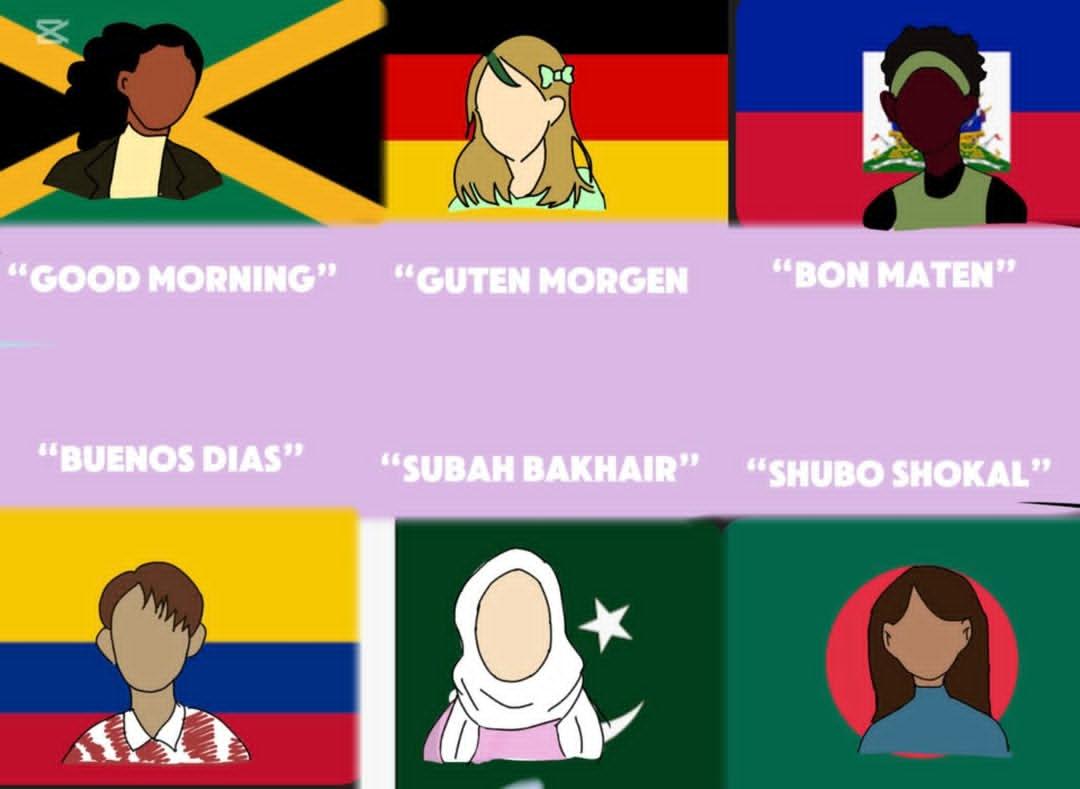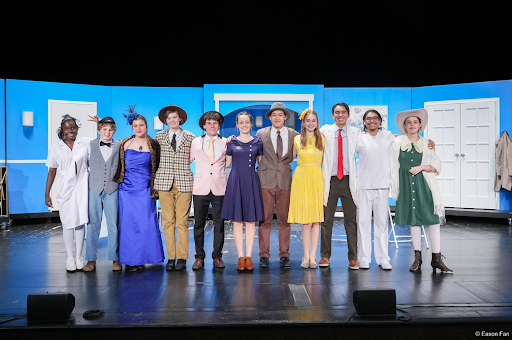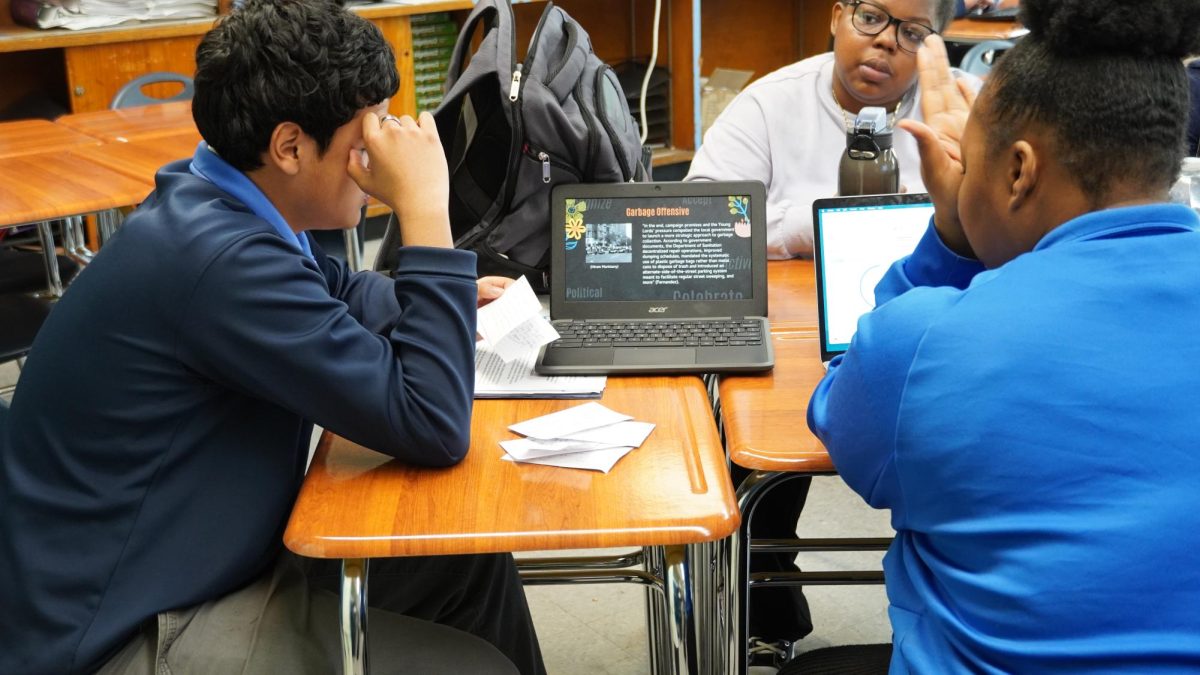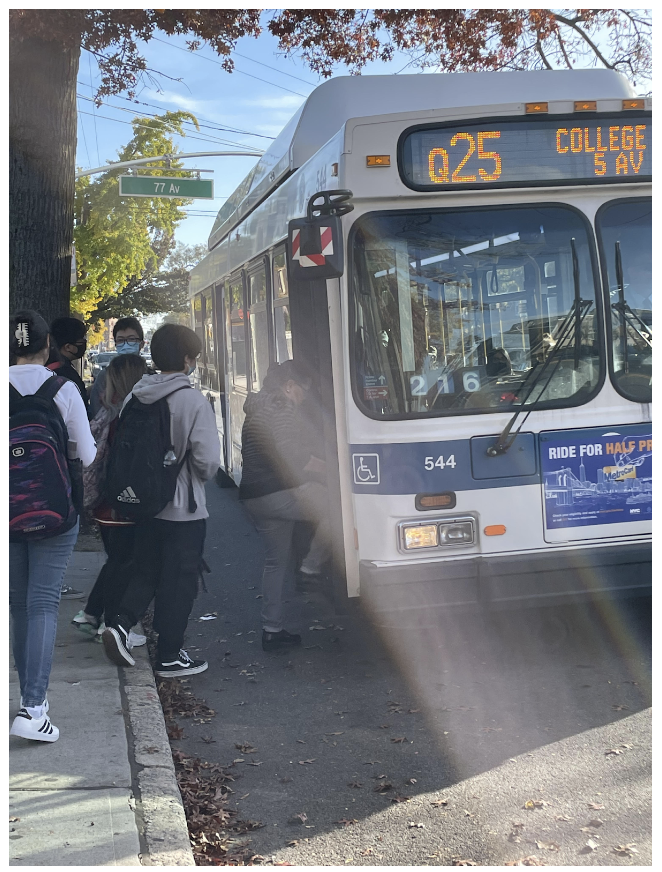New York City, known as the cultural capital of the world, is home to incredible linguistic diversity. Queens Preparatory Academy celebrates this richness by honoring students’ mother languages and encouraging them to learn new ones. International Mother Language Day, celebrated globally on February 21st, highlights the importance of preserving linguistic heritage and empowering languages.
International Mother Language Day
International Mother Language Day, observed on February 21st, stands as a powerful reminder of the struggle for linguistic rights. It origins track back to the Bengali Language Movement of 1952, when students in Dhaka, Bangladesh, bravely protested for the recognition of Bangla as national language. Their peaceful demonstration was met with violence, resulting in tragic deaths because of political reasons. However their sacrifice ignited a movement that led Bangladesh to become the first nation in the world to fight for the right to speak its own language. Their courage became a global symbol of the fight for linguistic and cultural freedom
Decades later, in 1999, UNESCO (United Nations Educational, Scientific, and Cultural Organization) recognized the significance of this struggle and officially declared February 21st as International Mother Language Day. Today, this day is celebrated worldwide, promoting linguistic diversity, protecting endangered languages and emphasizing the critical role of mother tongues in preserving cultural heritage. It serves as a call to honor and protect the richness of every language, ensuring that no voice is lost and that every culture remains alive for generations to come.
NYC’s Linguistic Diversity
New York City is known to be the home of diverse culture and languages. According to the New York City Department of Education, students and parents across the city communicate in over 180 different languages, reflecting the rich multicultural fabric of the community. This immense linguistic diversity makes NYC a global hub where different languages and traditions coexist, shaping the educational experience in profound ways.
Other than English, the most common languages spoken by students, parents and staff members include Arabic, Bengali, Chinese, French, Haitian Creole, Korean, Russian, Spain and Urdu. By celebrating and supporting linguistic diversity, NYC schools aim to create a space where students from different backgrounds feel valued and understood. Schools across the city, including QPA, recognize the importance of this diversity by fostering an inclusive environment where students are encouraged to embrace their native languages while also learning new ones.
Embracing Native Languages
At QPA, students are empowered to express themselves freely in their native language, creating an inclusive and supportive environment where diversity is celebrated. QPA English teacher Ms. Moona Zaidi highlights how linguistic diversity enhances the learning experience, adding richness and depth to the cultural environment. She believes that by celebrating multiple languages, QPA continues to create a space where all students feel seen, heard, and respected—ensuring that language remains a source of strength, identity, and unity.
Senior Ranaa Hassan, a native Arabic speaker thinks, “Promoting the mother language is very important, because it keeps culture alive and strengthens connection between generations.” Language serves as a bridge between past, present and future, allowing traditions to be passed down by creating stronger bonds within families and communities. This aligns with QPA’s commitment to cultural appreciation, where students are encouraged not only to honor their roots but also contribute to a more inclusive, connected, and culturally rich learning environment.
The Power of Language
Learning a new language is more than just acquiring words—it’s a gateway to new experiences, meaningful connections, and a deeper understanding of diverse cultures. According to Yale Daily News, speaking multiple languages enhances memory and cognitive abilities. Whether for academic growth, career advancement, personal enrichment, or simply a passion for languages, students embark on this journey for various reasons—each one broadening their global awareness and fostering a greater appreciation for cultural diversity.
Sophomore Nathan Shivdyal, who speaks English and is learning Russian, shares his perspective. “ Learning a new language will help me communicate with more people who speak different languages.” Mastering a language requires dedication and hardwork, but the rewards are immeasurable. He understands the hard work of learning a new language and has accepted the challenge.
Beyond the challenge, learning a language is also an exciting and rewarding journey. Senior Fazil Mohamed, who has been learning Spanish for five years, describes the joy of the experience: “That feeling you get when you’ve been learning for so long, and then you finally understand something in Spanish,” he exclaimed. “Because of all your hard work—or when you listen to a song in the language and realize you can understand what they’re saying.” These moments of success highlight the joy of learning a language, making the effort truly worthwhile.
Promotion and Preservation
Language is a vital part of culture, identity and connection. Speaking one’s mother language strengthens cultural bonds and fosters a sense of belonging in our diverse community. Here at QPA, we encourage students to take pride in their native languages, ensuring that their heritage remains alive and celebrated.
We also believe that learning new languages broadens perspectives and opens doors to new opportunities. Ms. Zaidi says, ” Being multilingual builds strength and character. Knowing only one language limits you, but each new language you learn enriches your mind and broadens your world.” By embracing both native and new languages, we create an inclusive world where every voice is valued, and diversity is seen as a strength. In a city where languages from around the world are spoken every day, multilingualism is not just a skill—it’s a way of life.
This article was first published by QPA Lit on March 9, 2025.











